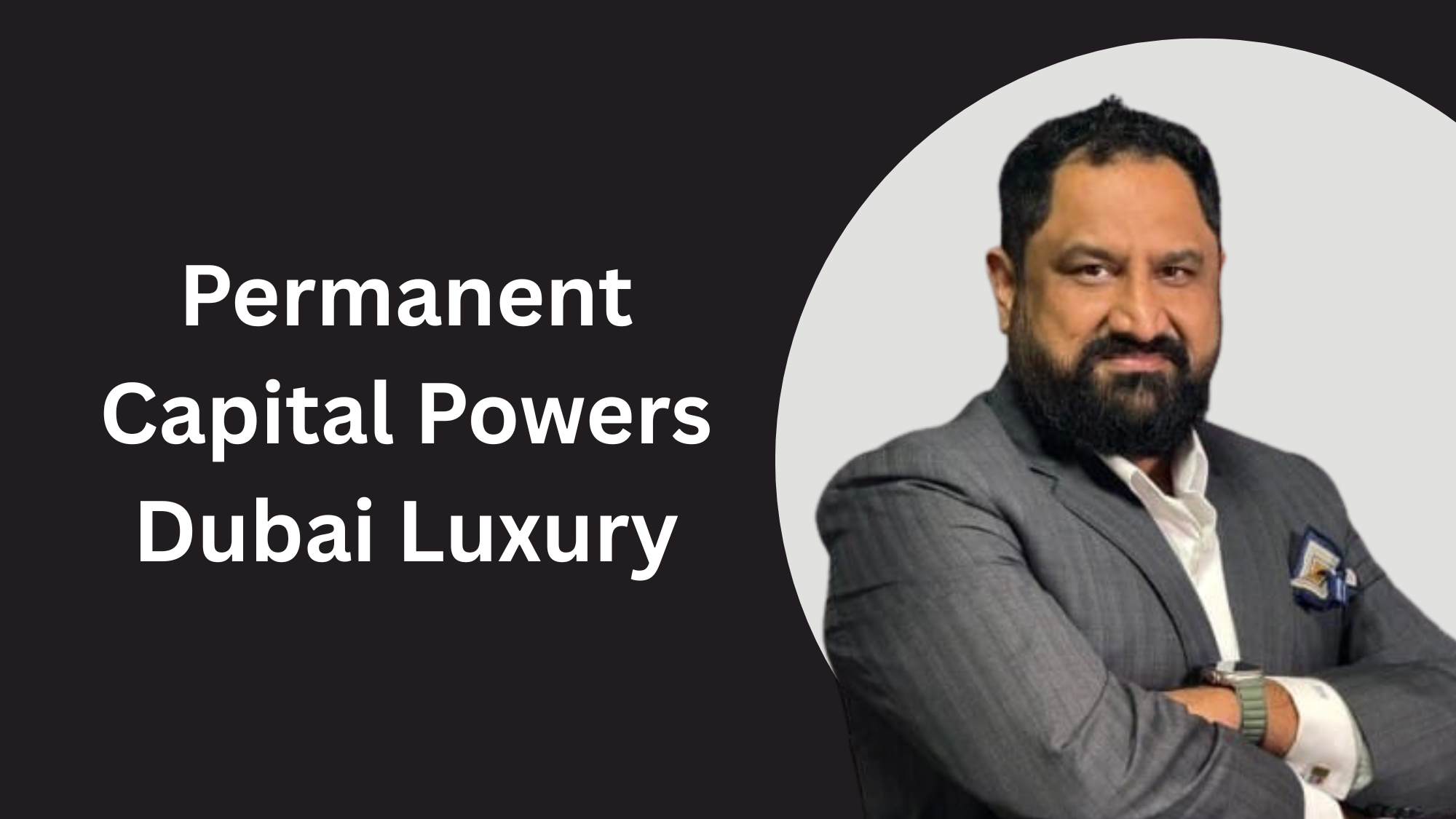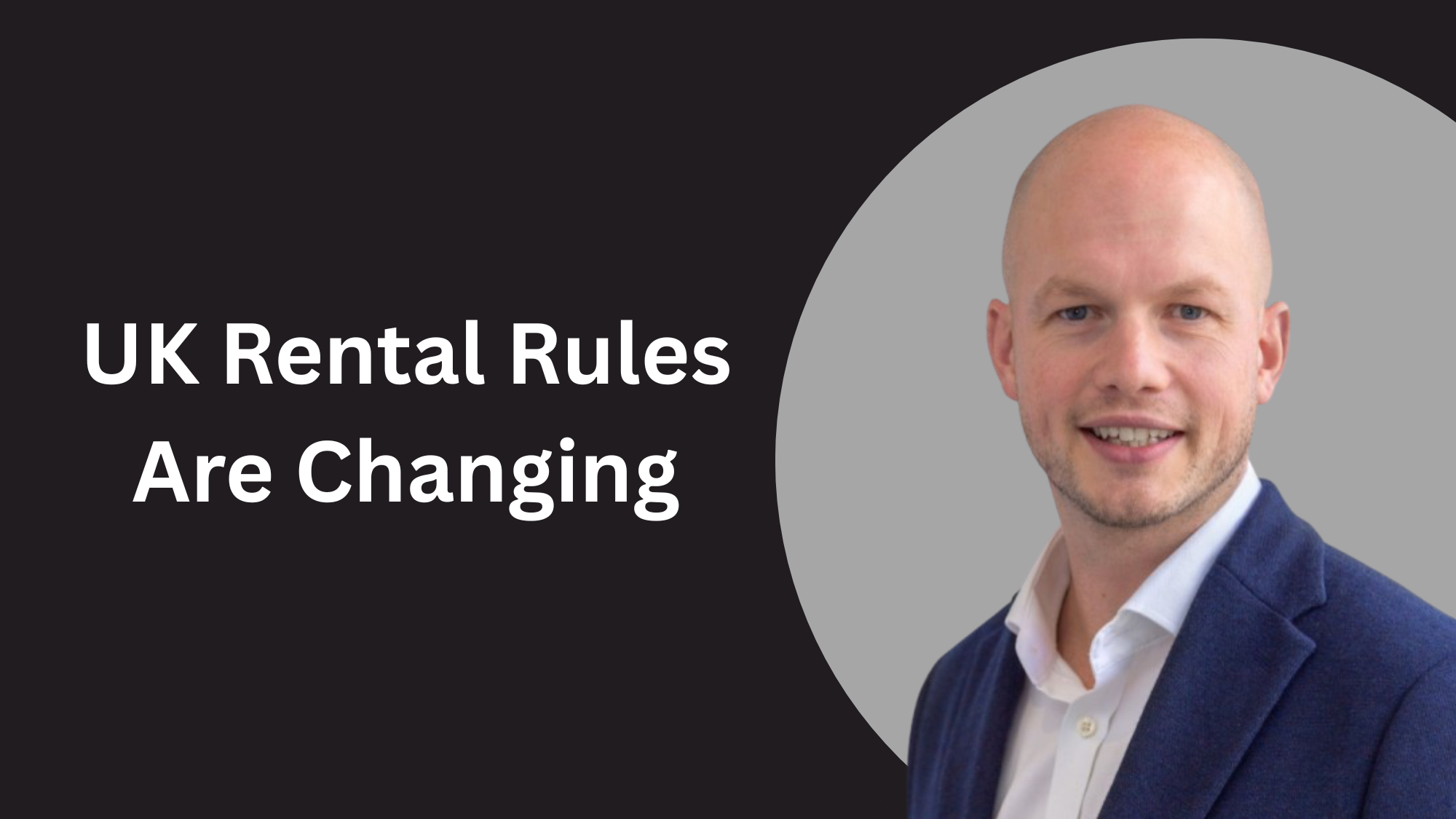What Is Leverage (Really)?
In real estate, leverage means using other people’s money — usually a mortgage — to buy an asset that increases in value or generates income.
If you buy a £200,000 property with a £40,000 deposit and a £160,000 mortgage, you're controlling a six-figure asset… with only a fraction of the money.
🔢 Why It’s a Game Changer
Here’s the magic: You earn returns on the entire asset, not just your deposit.
If that £200,000 property grows by 5% in a year:
- That’s £10,000 in value gained
- You only put in £40,000
- That’s a 25% return on your cash — not 5%
This is why leverage is one of the fastest ways to grow your portfolio — and why so many investors use it.
🧠 What You Need to Be Smart About
Leverage is powerful, but not without risk. Borrowing means:
- You owe repayments regardless of tenant issues
- You’re exposed to interest rate changes
- Your profit margins are tighter
This is why numbers matter. Always run cashflow scenarios with conservative estimates — and build in buffers.
🏦 Types of Leverage in Property
- Buy-to-Let Mortgage – Standard for rental properties (usually 75% LTV)
- Bridging Loan – Short-term financing for flips or fast purchases
- Commercial Loan – For non-residential or mixed-use assets
- Refinancing – Pulling equity from one property to fund another
- Joint Ventures – Partnering with others who provide capital
The goal is to use the right tool for the right moment — not overextend.
📈 When to Use Leverage (and When Not To)
Use it when:
- You have strong cashflow from rent
- You’ve factored in all expenses and vacancy periods
- You’re growing with a clear, sustainable plan
Avoid it when:
- You’re uncertain about repayments
- The deal only works at 100% occupancy or best-case rent
- You don’t have emergency funds or margin for error
Leverage should multiply your returns — not your stress.
Final Thought: Control with Less Capital
Used wisely, leverage lets you do more with less. It’s how small investors grow into full-time property professionals — by controlling big assets with smart finance.
It’s not about borrowing recklessly. It’s about understanding the numbers, using debt intentionally, and building wealth strategically.



























Discussion